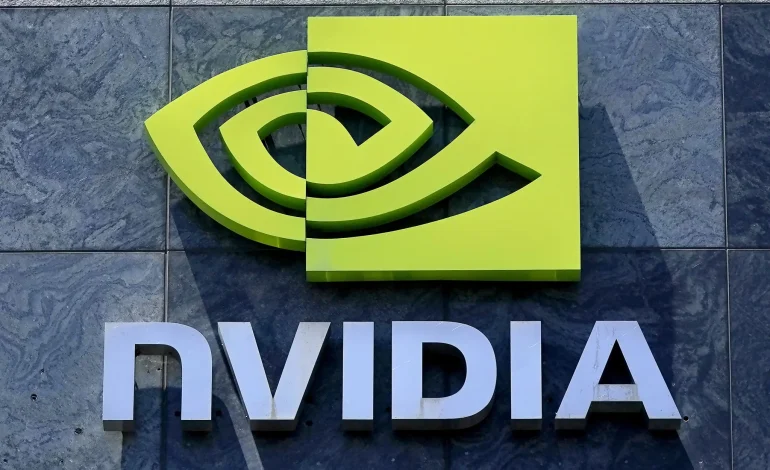For years, Nvidia was the default engine of China’s AI boom. Now the ground is shifting under Jensen Huang’s feet. On a recent podcast, Nvidia’s CEO warned that China is only “nanoseconds behind” US chipmakers on critical AI hardware — and Beijing seems intent on turning that gap into a home-field advantage.
The signals are hard to miss. The same day Huang’s comments landed, Bloomberg reported that iFlytek is training large language models on Huawei’s Ascend chips — a visible pivot away from Nvidia and a sign that top Chinese firms are adapting to US export curbs by swapping in domestic silicon. Regulators are helping things along. After Washington’s rolling bans, China’s Cyberspace Administration told giants like Alibaba and ByteDance to stop testing and shelve purchases of Nvidia’s newest China-market parts, including the RTX Pro 6000D. Customs officials have tightened enforcement at ports, scrutinizing shipments of Nvidia’s H20 and other advanced processors. The message: if it can be made in China, it should be made — and used — in China.
The policy squeeze is colliding with Nvidia’s own stumbles. The company reported zero sales from its H20 chip in China last quarter and left H20 out of its next-quarter outlook. Nvidia subsequently secured a license to keep selling H20s on the mainland, but, per multiple reports, agreed to send 15% of revenue from those sales to the US government — a costly price of admission to a market that’s getting harder to access. Beijing, meanwhile, has opened a preliminary anti-monopoly probe into Nvidia and is publicly prodding buyers to justify choosing US parts over homegrown options.
None of that erases Nvidia’s dominance in AI training GPUs or its gravity with US hyperscalers. Demand for the new Blackwell chips is “really, really high,” Huang told CNBC, and the company’s stock keeps pushing to fresh highs. But China — once pitched internally as a $50 billion opportunity growing 50% a year — is no longer a sure thing. The bigger the AI build-out gets in the US, the less Nvidia’s fate hinges on Chinese orders. That gives Nvidia breathing room. It also gives Chinese rivals time to catch up.
Inside China’s chip bid, Huawei is the pace car. Its Ascend line powers training jobs at iFlytek and others. The knock on Huawei is volume: without access to the most advanced Western tools, scaling leading-edge output is tough. Huawei’s workaround is classic systems engineering — link more chips together with fast networking to mimic the muscle of a single monster GPU — while it and its foundry partners push capacity step by step.
Alibaba is attacking from another angle: compatibility. By building accelerators that can run software written for Nvidia’s ecosystem, it lowers the switching cost for engineers. The cloud-and-commerce giant is also pouring billions into AI infrastructure, rolling out bigger models like Qwen3-Max and, intriguingly, still partnering with Nvidia abroad to speed up “physical AI” for robots and autonomous systems.
Around them, a crowded bench is sprinting. Baidu’s Kunlun chips feed its search and autonomy stacks. Cambricon’s latest Siyuan parts have juiced revenue and its share price, even as the company warns the market has run ahead of fundamentals. Startups like MetaX — founded by ex-AMD talent — are pitching H20 replacements with more on-package memory, though at higher power budgets. Biren is raising fresh capital and eyeing a Hong Kong listing to expand its data-center GPUs. Even Tencent is designing in-house accelerators for its cloud. Some — Moore Threads, Biren — are hampered by US blacklist constraints. All benefit from a clear political tailwind and a captive customer base under pressure to buy local.
If you’re an investor, the near-term calculus is messy but not inscrutable. US demand could keep Nvidia’s top line roaring even as China fades to a smaller slice. The strategic risk is longer-dated: once Chinese firms can produce competitive chips at scale — and that’s a production problem as much as a design problem — they stop importing. That’s the “chip sovereignty” goal Beijing has telegraphed for years.
Huang isn’t wrong to call this moment the start of a new industrial build-out. The question is whether Nvidia remains the default engine on both sides of the Pacific. In America, it still looks unassailable. In China, the company now faces a coordinated mix of policy pressure, procurement scrutiny, and fast-improving rivals. If that combination holds, Nvidia’s China story may shift from “hypergrowth” to “managed decline,” while a new class of domestic champions takes the stage.
With input from Reuters and Investor’s Business Daily.










The latest news in your social feeds
Subscribe to our social media platforms to stay tuned